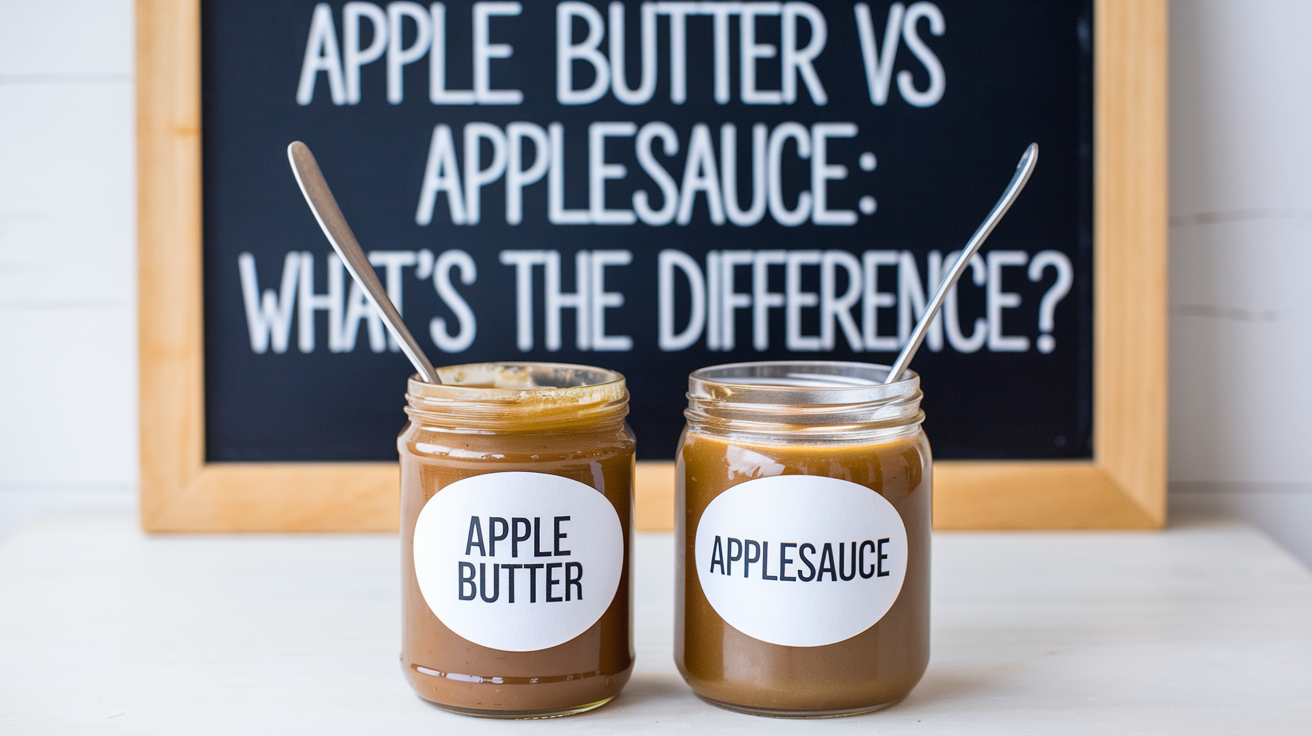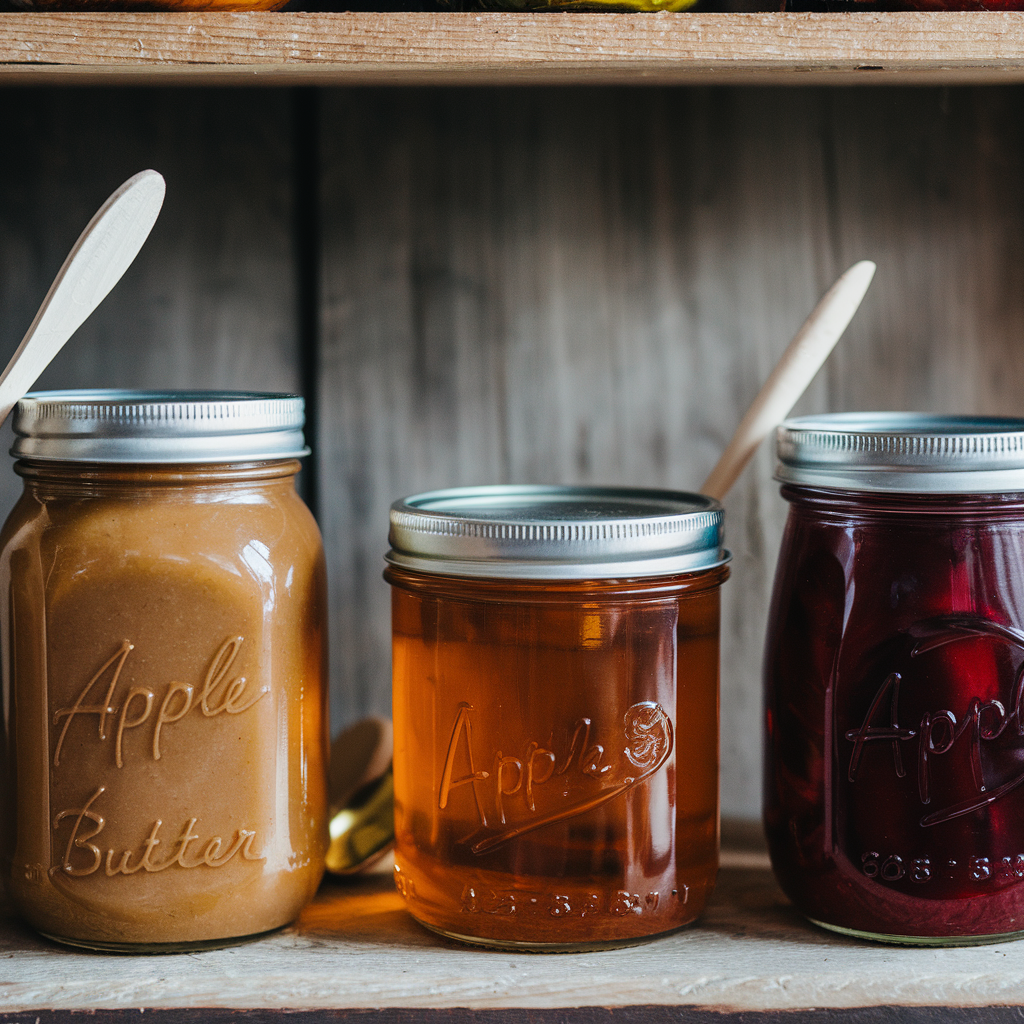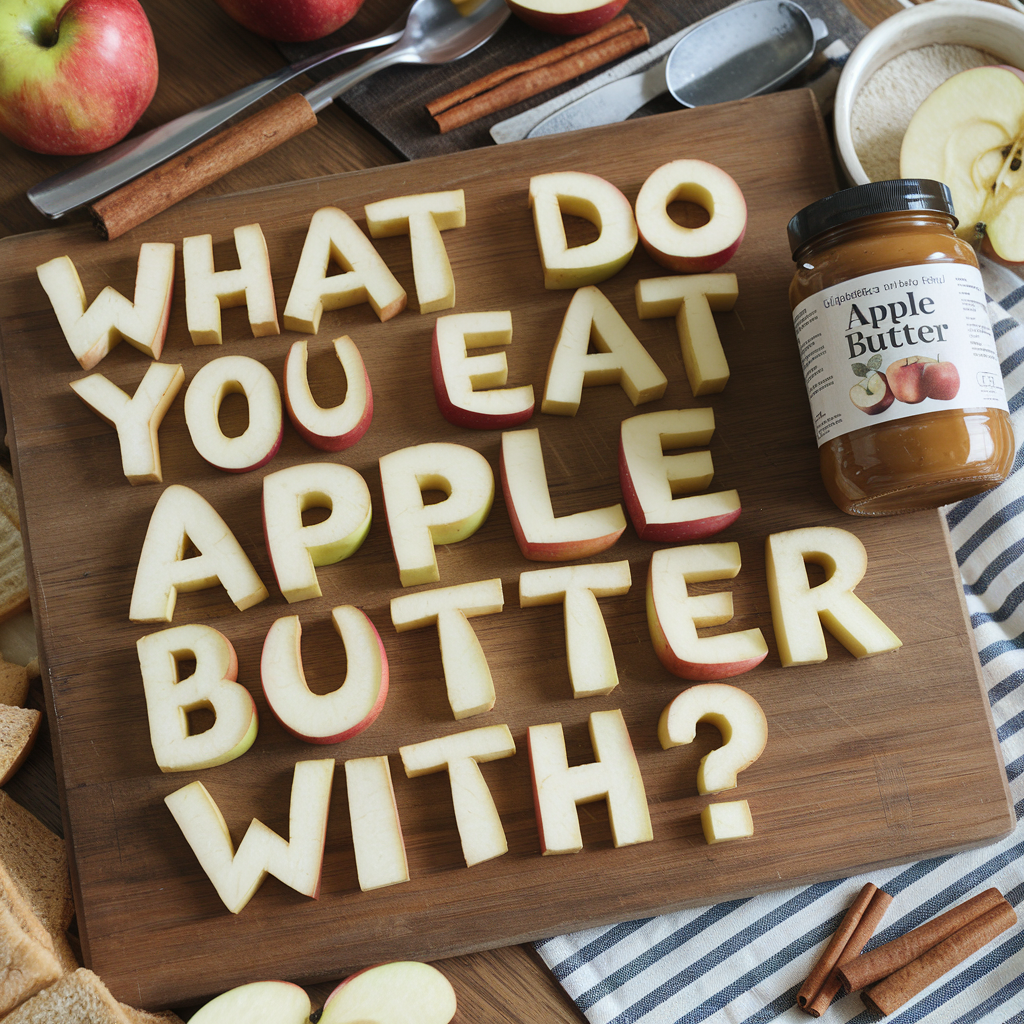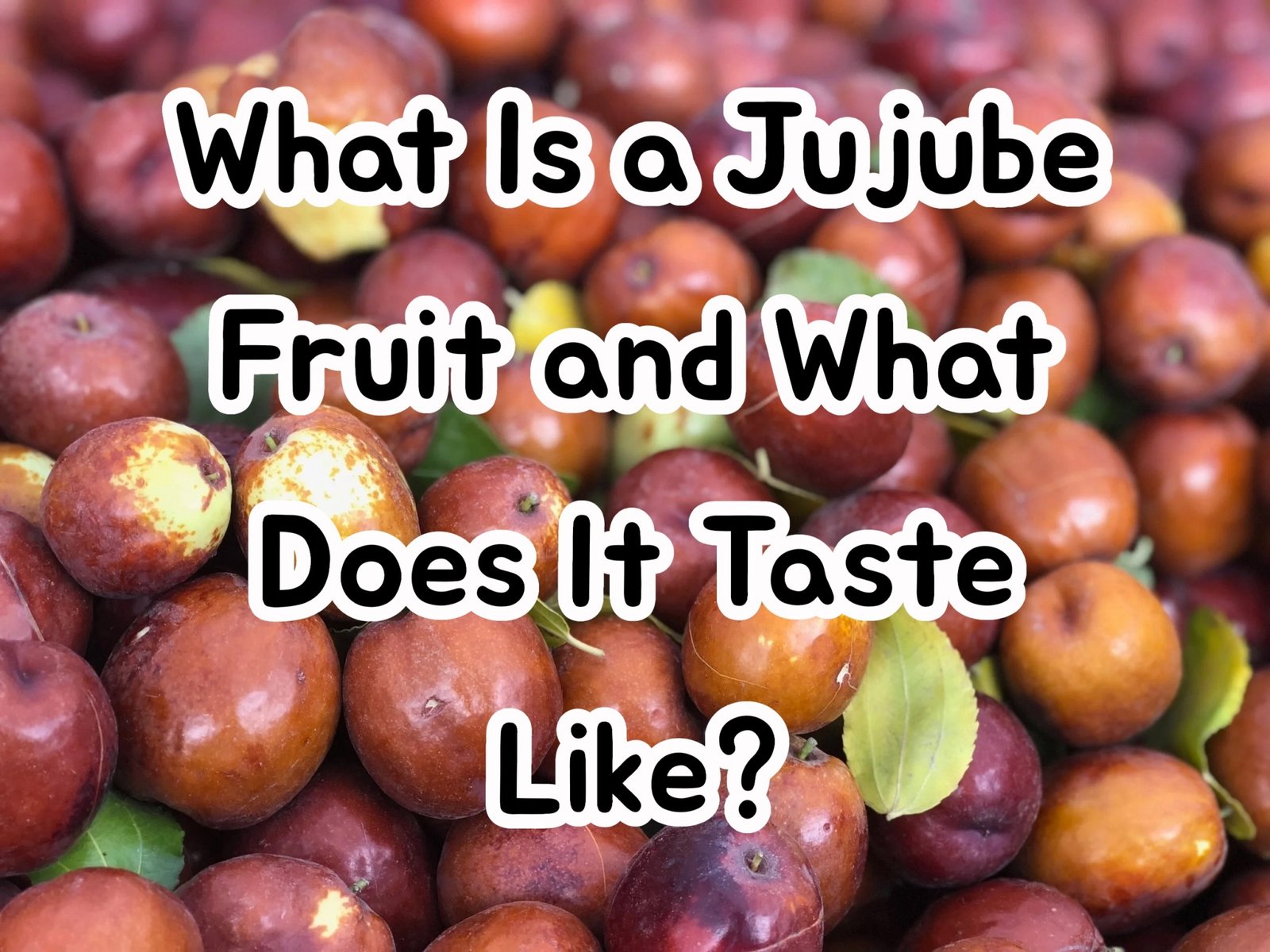
Our First Jujube Harvest in Missouri
September 17, 2025, is a date I won’t forget—it’s the day we spotted our very first ripe jujube on our little orchard here in Cairo, Missouri. We only have three trees right now, but that one brown, wrinkled fruit felt like a milestone. It wasn’t shiny or picture-perfect; instead, it had a rustic look, mostly brown with a few ripened spots.
Biting into it was a surprise. The outer edges tasted almost like brown sugar candy, while the inside reminded me a lot of an apple—crisp and refreshing. For a farm family that already makes things like apple butter and apple jam and jelly, discovering the flavor of jujube felt like opening a whole new chapter.
What Exactly Is a Jujube Fruit
If you’ve never heard of a jujube fruit, you’re not alone. Around here, they’re still rare. Jujubes are sometimes called “red dates” or “Chinese dates.” They grow on small, hardy deciduous trees and can thrive even in tougher climates like our Missouri zone 6. Unlike apples or peaches, which most people know, jujubes are still the “new kid” in American orchards—even though they’ve been grown for thousands of years in Asia.
What makes them fascinating is how versatile they are. They can be eaten fresh, dried, or even turned into preserves. That versatility makes me excited about what we might eventually create with them for our farm shop.
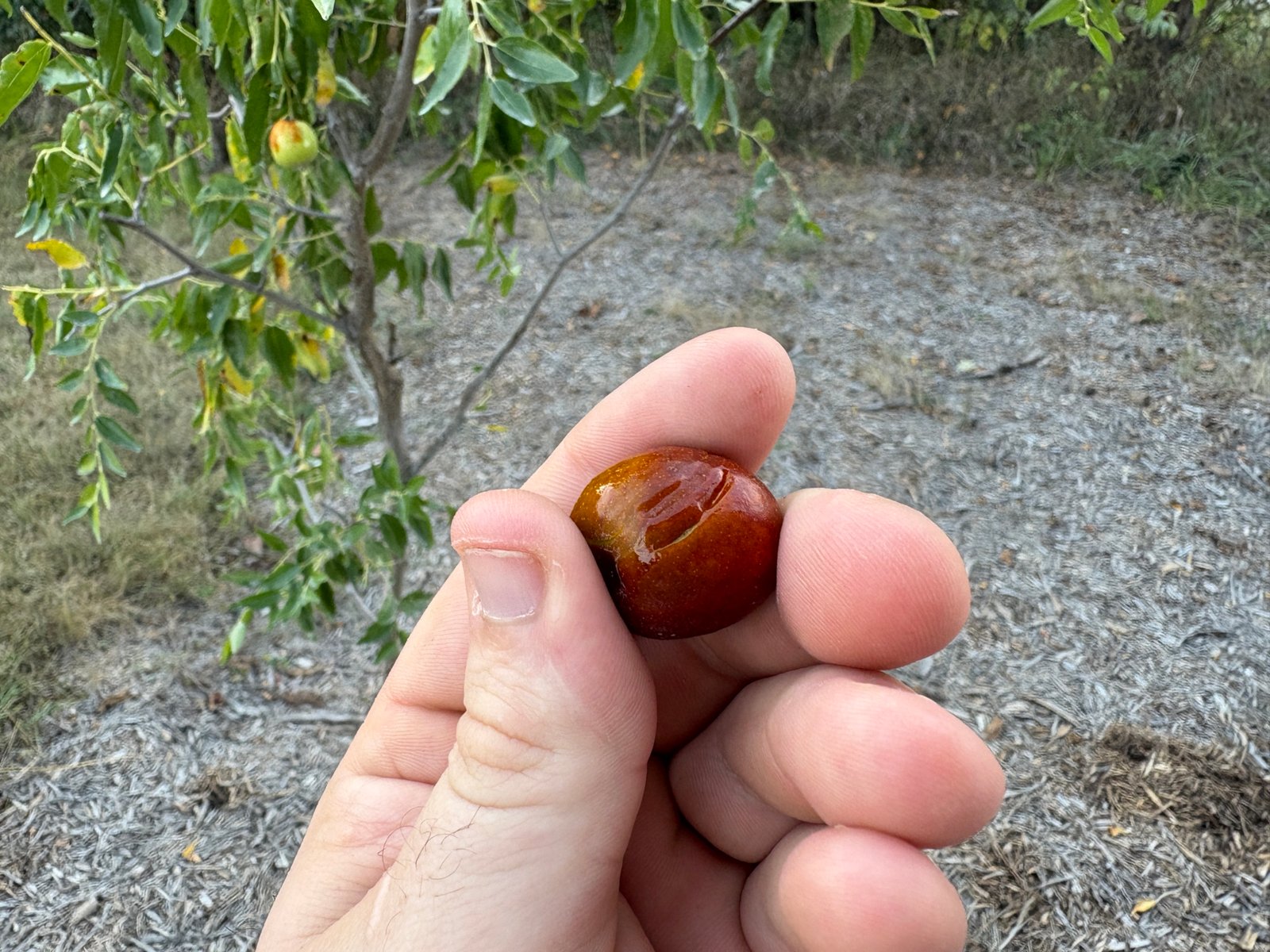
What Does Jujube Fruit Taste Like
When people ask me, “What does a jujube taste like?” I tell them it’s like a cross between an apple and candy. The one we picked had a sweet, almost brown sugar flavor on the edges, while the inside was crisp and refreshing, very much like biting into a fresh apple.
The best way I can describe it is: if an apple and a date had a baby, you’d get a jujube. Some folks say they taste like a mix of apples and caramel when fully ripe, and I’d agree. That makes them fun for snacking but also exciting to think about for cooking or making into spreads. For comparison, just like our apple butter turns a regular apple into something extra special, a jujube has the potential to be enjoyed in all kinds of ways.
Jujube vs Apple Flavor and Texture
Since most people know apples, comparing them to jujubes helps paint the picture. Here’s how I’d break it down:
- Flavor – Apples are bright and tart to sweet. Jujubes lean toward sweet, with a hint of brown sugar or honey when fully ripe.
- Texture – Apples are crisp and juicy, while jujubes start crisp like an apple but can become chewy as they ripen more.
- Versatility – Apples are famous for cider, pies, and butter. Jujubes are eaten fresh, dried, or brewed into teas and preserves.
I’ll be honest—apples are still my everyday go-to, which is why we love making products like apple jam and jelly. But after that first bite of our own jujube, I could see why people all over the world love them. They’re like a hidden gem waiting to be discovered.

When Are Jujubes Ripe in Missouri Zone 6
One of the first things I wondered after planting our trees was when in the world will these jujubes ripen? Now I know. Here in Missouri zone 6, our very first ripe fruit showed up on September 17, 2025. That’s later than a lot of apples, which usually ripen around August or early September for us.
A ripe jujube turns from green to brown, and sometimes it even wrinkles a bit as it sweetens. Don’t let the wrinkled skin fool you—wrinkled often means sweeter. That first one I picked looked almost overripe, but it was perfect inside. For anyone in our area wondering, jujubes ripen in early to mid-fall, making them a nice addition to orchards already growing apples and pears.
How to Eat Jujube Fruit Fresh
The simplest way to enjoy jujubes is the same way you’d eat an apple—just wash it and take a bite. When they’re firm and just turning brown, they’re crisp and refreshing. Let them sit a bit longer, and they get sweeter and more chewy, almost like dates.
Here’s how I enjoyed ours:
- Fresh off the tree, crisp like an apple.
- Letting it sit for a day—sweeter, softer, with that brown sugar edge.
- Sliced and eaten with a spread like our farm fresh apple butter (amazing combo).
I could see myself tossing them into a fall salad, snacking on them during harvest days, or just keeping a bowl of them on the counter like we do apples.
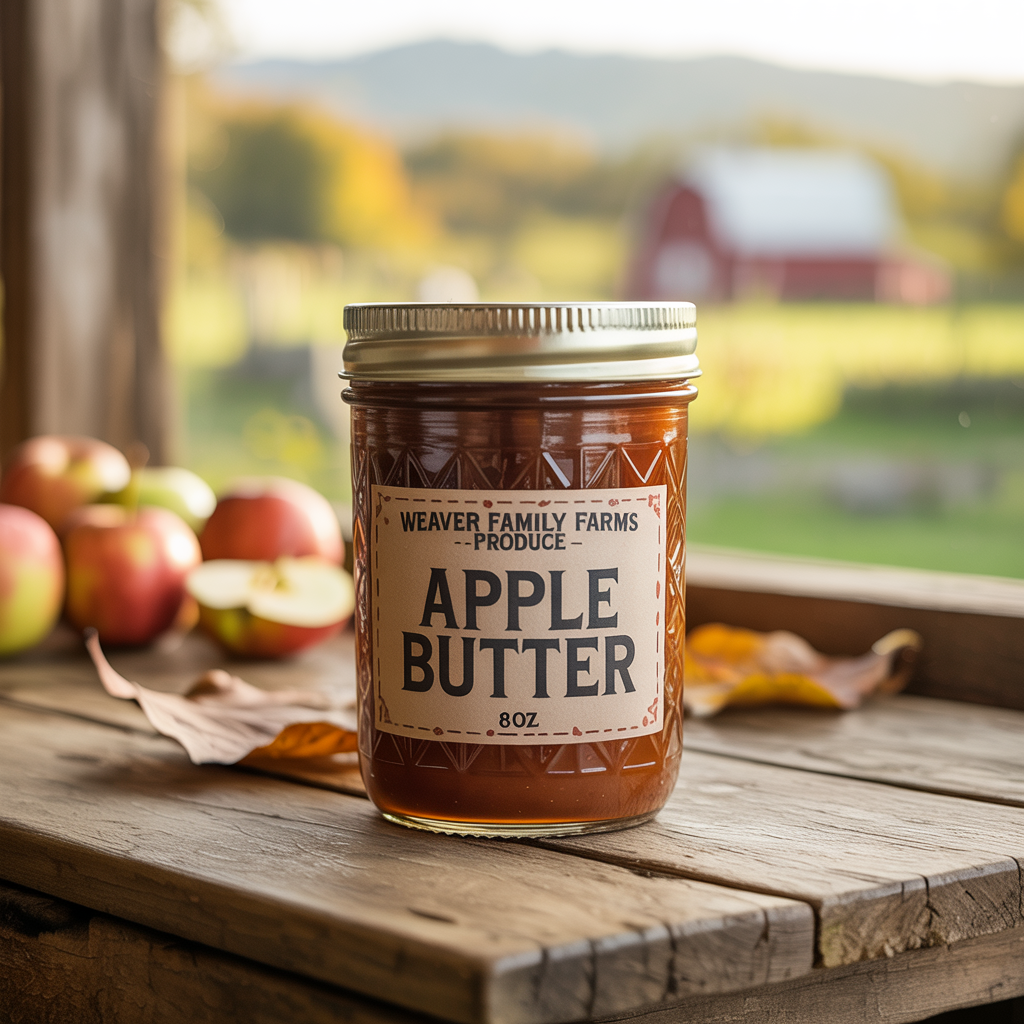
Can Jujubes Be Cooked or Preserved
Absolutely. Around the world, jujubes are used in so many ways besides eating fresh. They’re often dried, which turns them into something very similar to dates—sweet, chewy, and perfect for snacking or baking. You can also simmer them into syrups, teas, or spreads.
That got me thinking about the future of our own orchard. If we can make apple butter and apple jam and jelly that folks love, imagine what jujube butter or jujube jelly could taste like. We’re not there yet—our three trees won’t fill many jars—but it’s something exciting to look forward to as they grow.
Jujube Nutrition and Benefits
One of the reasons jujubes are loved in many cultures is because they’re considered a health fruit. They’re naturally low in calories, high in vitamin C, and full of antioxidants. The fiber content also makes them a filling little snack without being heavy.
I won’t claim they’re a miracle cure for anything—because they’re not—but I will say they make for a guilt-free treat. When you compare a handful of dried jujubes to a handful of candy, the jujubes win every time. It’s the kind of wholesome food that fits right in with what we already do on our farm: real, simple, and grown with care.
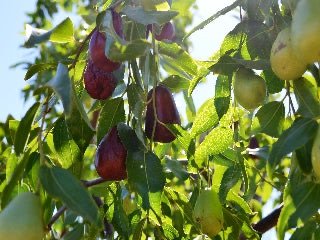
Growing Jujube Trees in the Midwest
When we first planted our three jujube trees in Cairo, Missouri, I honestly wasn’t sure how they would do. Most people around here grow apples, pears, or peaches—but jujubes aren’t something you see much in the Midwest. To my surprise, they’ve handled our Missouri weather just fine. They don’t seem to mind the cold winters, and they haven’t had many issues with pests or diseases, which is a blessing for any small farm.
For other gardeners in zone 6, I’d say jujubes are worth trying. They don’t take up much space, and they add variety to an orchard. Plus, when friends visit and you offer them a fruit they’ve never heard of, it makes for a fun conversation starter. As our trees mature, I’m looking forward to sharing more of these unique fruits right alongside our apple butter and other farm products.
How Jujube Trees Compare to Apple Trees
Since most people are familiar with apple trees, I find it helpful to compare them to jujubes. Apple trees need a bit more care—pruning, spraying, and protection from pests. Jujube trees, on the other hand, seem more forgiving. They’re tough little trees that don’t complain much about soil or weather.
Flavor-wise, apples and jujubes overlap a bit, which makes sense since my first jujube reminded me of biting into a sweet apple with a brown sugar note. The big difference is in storage: apples keep well in cold storage, while jujubes are often dried or eaten quickly after picking. That’s why you’ll always find apples turned into things like apple jam and jelly or apple butter, while jujubes are more likely to be dried or used in teas around the world.
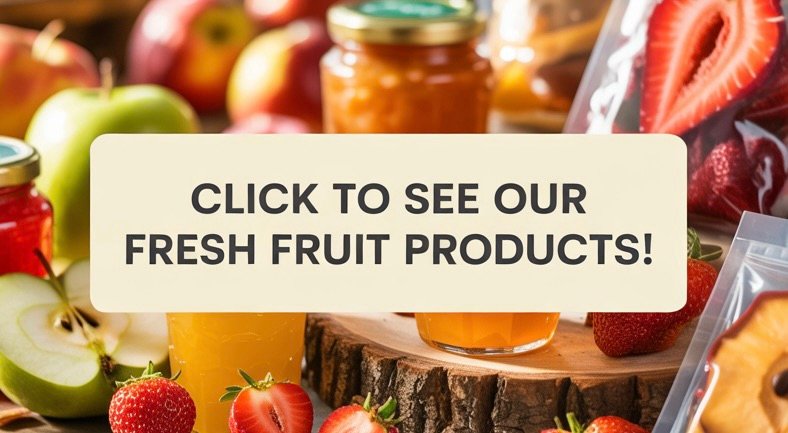
Where Can You Buy Jujube Fruit in the U.S.
Right now, finding fresh jujubes in the U.S. can be tricky. You might see them in specialty Asian markets or at local farms if you’re lucky enough to live near one. For most folks, they’re not a common grocery store fruit just yet.
That’s where we see opportunity. Our trees are still young, but as production grows, we hope to offer jujubes right through our farm shop. Until then, we encourage people to keep an eye on what we do offer, like our apple butter and apple jam and jelly—products that already capture the orchard-to-table tradition we want to keep alive.

Why We’re Excited About Jujube on Our Farm
Adding jujubes to our orchard feels like a step forward for our little farm. They’re unique, resilient, and delicious. Most importantly, they give us something new to share with people who love real, homegrown food.
We’ve built a lot of our farm story around apples and the products we make from them. But with jujubes, we’re adding a fruit that most of our neighbors have never even tried. That’s exciting for us—not just as farmers, but as a family who enjoys introducing folks to new flavors.
If you want to keep up with our orchard adventures, make sure to follow us on our farm Facebook page. And while we wait for our jujube trees to really start producing, you can always enjoy a taste of our farm today with a jar of apple butter or apple jam and jelly
